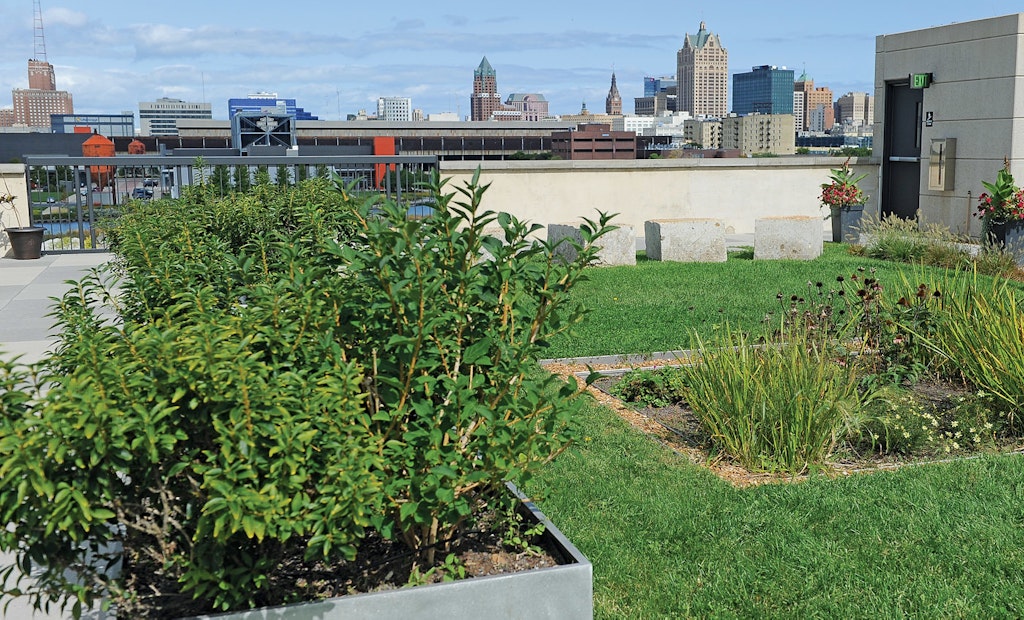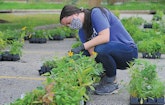
This rooftop garden atop a parking structure in downtown Milwaukee is a good example of the Metropolitan Sewerage District’s green infrastructure initiative, part of a larger long-range vision for integrated watershed management. (Photo by Michael McLoone)
Several years ago, Kevin Shafer, executive director of the Milwaukee Metropolitan Sewerage District, laid out an ambitious vision for the utility.
The 2035 vision pushes for integrated watershed management and includes goals such as zero overflows and the capture of the first...










